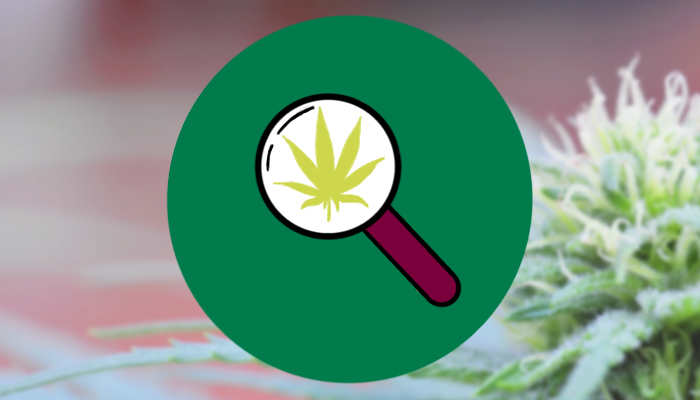How do the acute effects of cannabis differ between smoking and vaping?

Why was this study conducted? What does this study add? Is there anything else I should know? Spindle TR, Cone EJ, Schlienz NJ, Mitchell JM, Bigelow GE, Flegel R, Hayes E, Vandrey R. Acute effects of smoked and vaporized cannabis in healthy adults who infrequently use cannabis, a crossover trial. JAMA Network Open 2018;1(7):e184841 Invited commentary: Solowij N. Peering through the haze of smoked vs vaporized cannabis – to vape or not to vape? JAMA Network Open 2018;1(7):e184838
Spindle TR, Cone EJ, Schlienz NJ, Mitchell JM, Bigelow GE, Flegel R, Hayes E, Vandrey R. Acute effects of smoked and vaporized cannabis in healthy adults who infrequently use cannabis, a crossover trial. JAMA Network Open 2018;1(7):e184841 (article)
Invited commentary: Solowij N. Peering through the haze of smoked vs vaporized cannabis – to vape or not to vape? JAMA Network Open 2018;1(7):e184838 (article)
Why was this study conducted?
Vaporization (vaping) is an increasingly popular method for ingesting cannabis, but relatively little systematic research about its effects has been conducted to date. Seventeen healthy adults who used cannabis in the past but were infrequent users were enrolled into a crossover trial that compared the effects when cannabis with three different levels of the psychoactive cannabinoid Delta9-tetrahydrocannabinol (THC) (0 [placebo], 10 and 25 mg) were smoked or vaped. All doses had low levels of cannabidiol (CBD). Researchers collected data on 20 subjective measures of drug effect, including both pleasant (e.g., pleasant feelings, relaxation) and unpleasant effects (e.g., anxiety/nervousness, difficulty performing tasks, feeling sick), 9 measures from 3 computer-administered cognitive tests (e.g., number of correct responses, reaction times), and 3 physiological measures (heart rate and diastolic and systolic blood pressure).
What does this study add?
Compared to the placebo condition (no THC), smoking a 10 mg dose was associated with statistically significant differences in 6 subjective and 1 cognitive measures, while a 25-mg dose was associated with differences for 12 subjective and 2 cognitive measures. Vaping a 10 mg dose of THC was associated with significant differences in 9 subjective and 5 cognitive measures; at the 25 mg dose, the number of subjective measures that significantly varied from the placebo condition increased to 13 and the number of cognitive measures was 4. At the 10 mg dose, vaping had a greater effect than smoking for 4 of the subjective and 1 of the cognitive measures; at 25 mg, vaping had a greater effect than smoking for 2 subjective and 2 cognitive measures. Compared to the placebo, heart rate increased significantly for both the 10 and 25 mg doses within 10 minutes of ingestion and returned to normal within 0 to 4 hours, regardless of the form of administration. There were no statistically significant differences in diastolic or systolic blood pressure readings. The levels of THC in the blood increased with the THC dose but at both doses were consistently higher when the cannabis was vaped rather than smoked.
Is there anything else I should know?
As described in the invited commentary by Solowji, vaping reduces some of the negative side effects of smoking cannabis (e.g., exposure to carbon monoxide and carcinogens); as a result, some may think it is a “safer” means of ingesting cannabis. This study showed that, even at the same THC dose, vaping is associated with higher THC blood concentrations and thus stronger subjective and cognitive effects. Healthcare providers, public health workers, and the public need to understand the risks and benefits of vaping cannabis.
Cannabis News, Latest, Research - Addictions and Mental Health